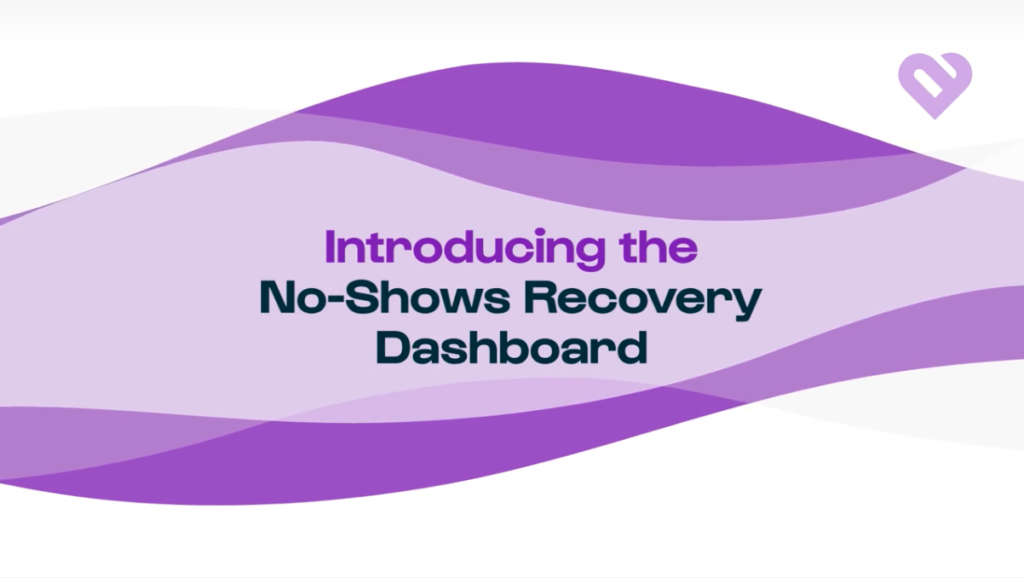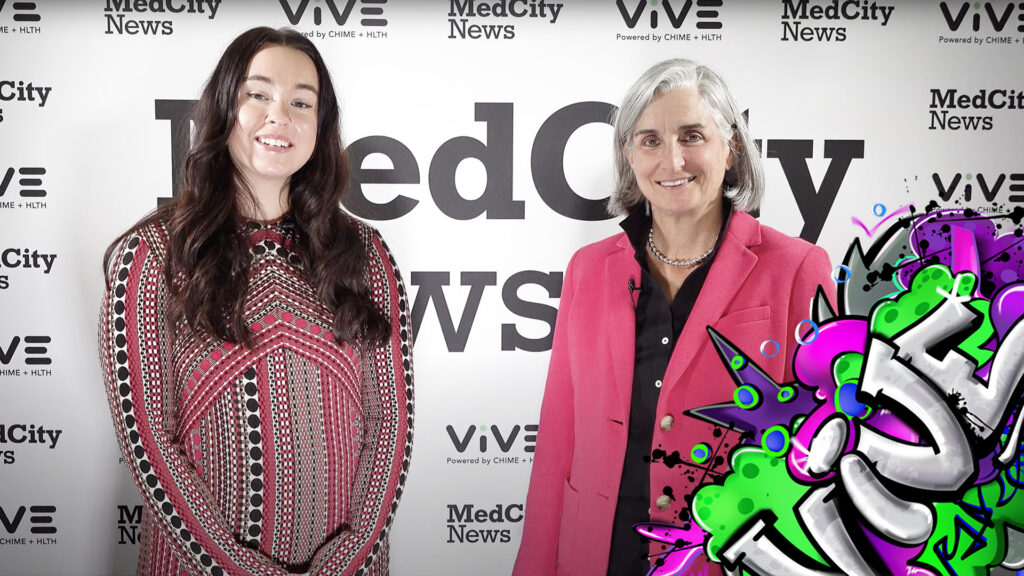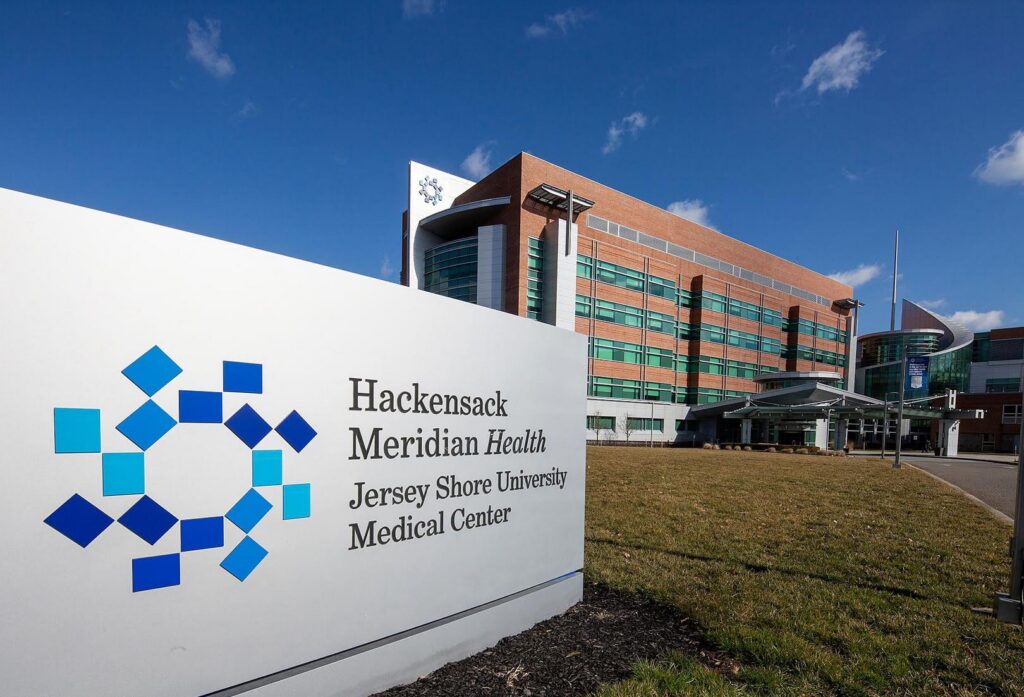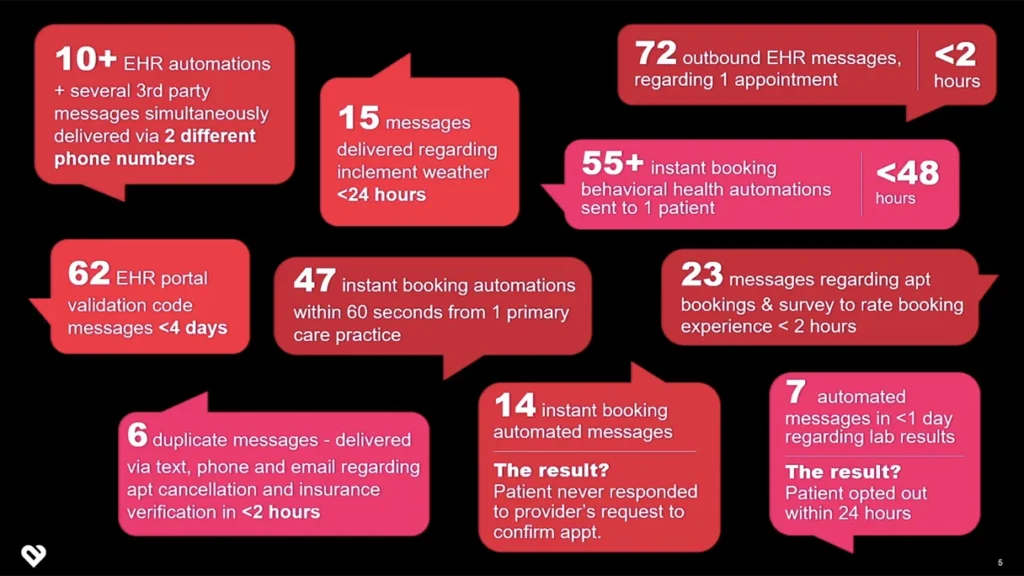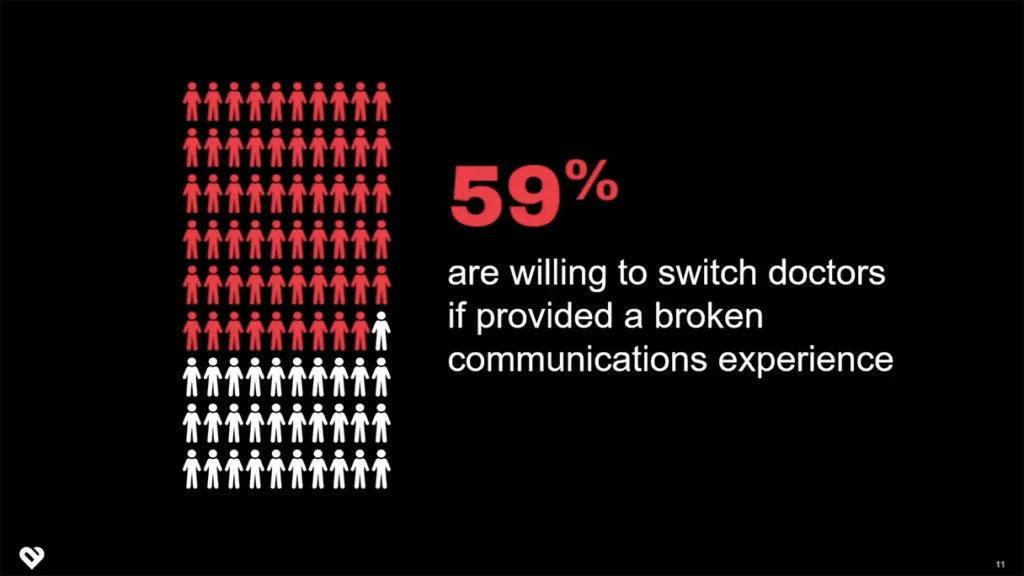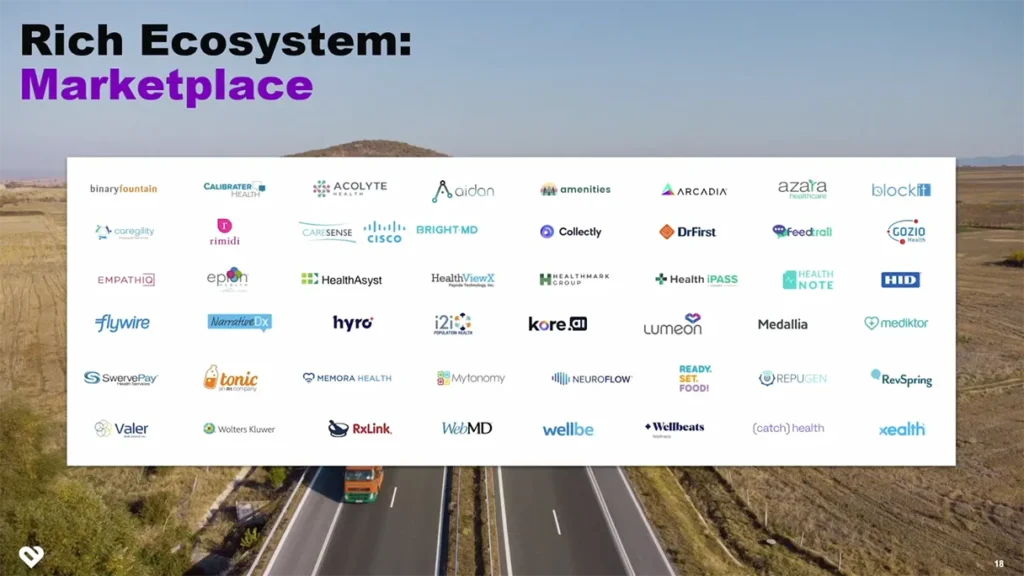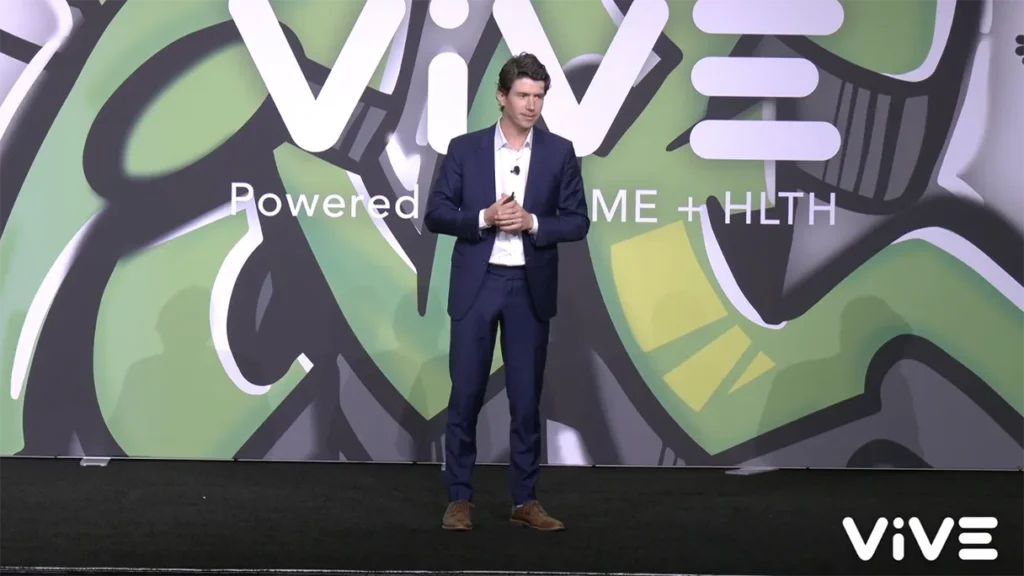Resources
Blogs

Artera Recognizes its 2024 Values Award Winners
At Artera, our values mean the world to us – they guide and inform our actions every day. This is…
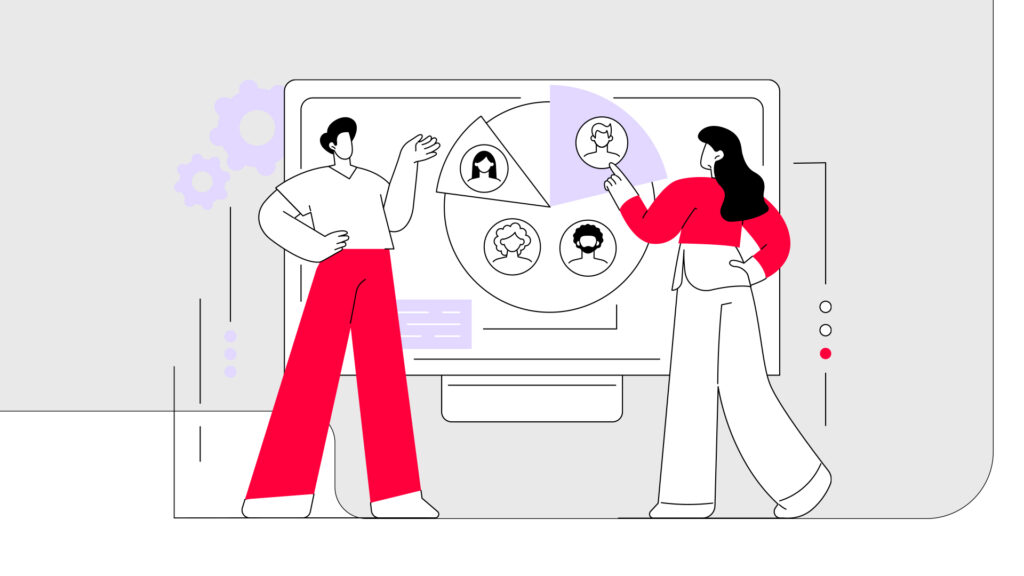
Navigating Governance in Healthcare Communications: Identify Existing – or Future – Challenges
The ability to craft – and manage – an effective enterprise-wide patient communications strategy is crucial as patient expectations and…

Navigating the Path to Leadership: A Panel Event Recap
In the heart of Women’s History Month, Artera hosted a panel titled “Navigating the Path to Leadership” as part of…
Get Started
Find Out How Artera Can Help You
Discover how our integrated communication platform creates happy staff, satisfied patients, and a healthy bottom line.


